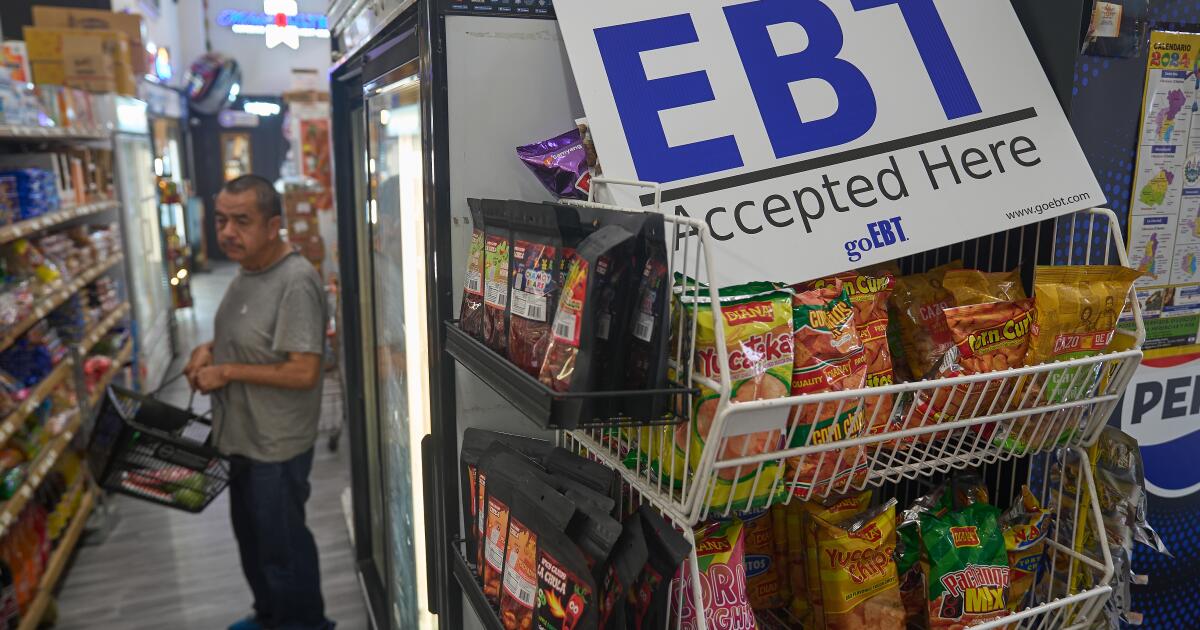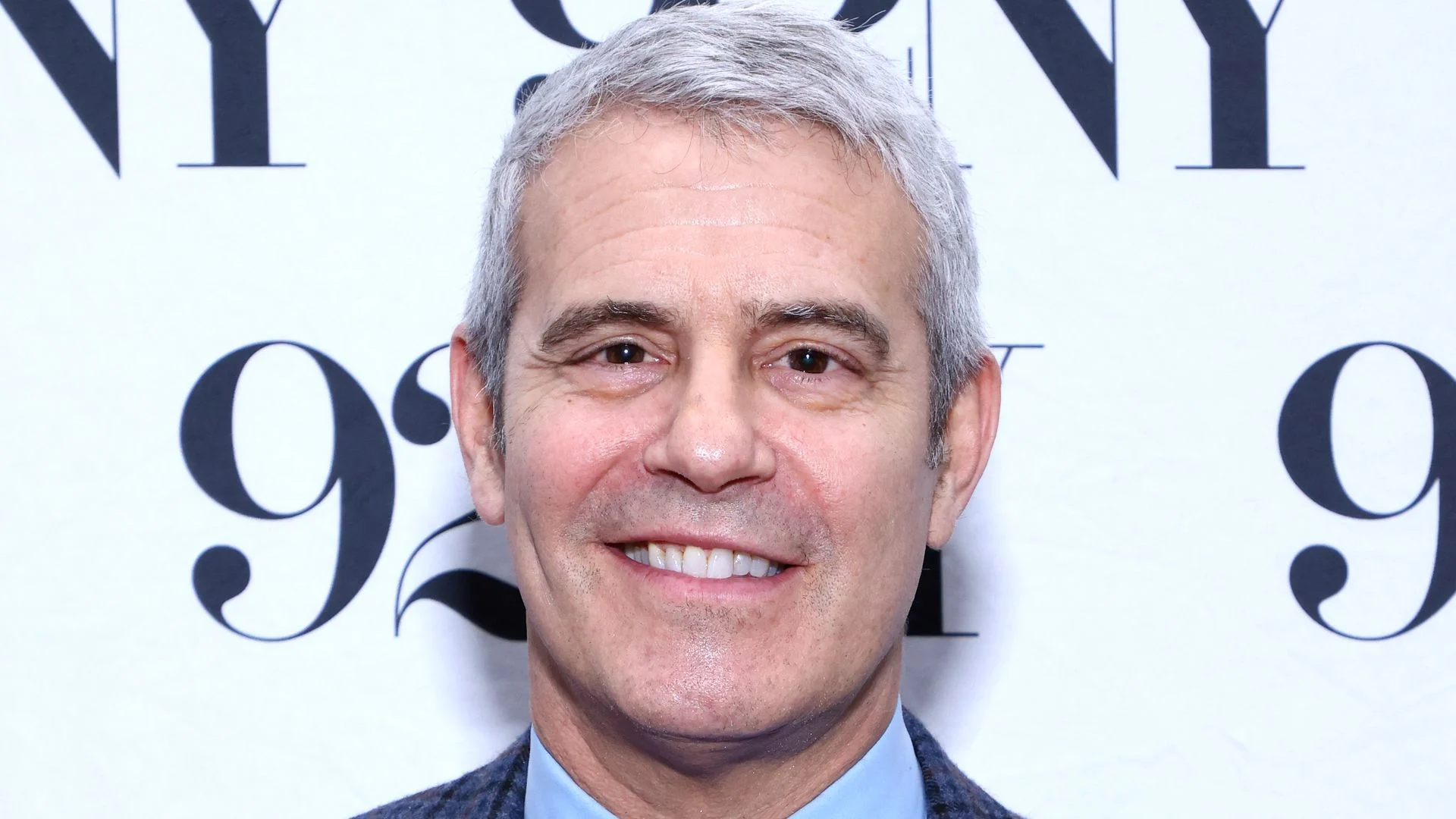Copyright Los Angeles Times

In one of the wealthiest neighborhoods in the nation, a line stretched along the side of the Holy Apostles Soup Kitchen and Pantry. Willy Hilaire is homeless, unemployed and 63. He lives in a New York shelter with his two grandchildren and often goes hungry so that they can eat the food he gets from the Supplemental Nutrition Assistance Program. On many days, Hilaire’s only food is a hot meal he gets from Holy Apostles in Manhattan’s Chelsea neighborhood. With SNAP at risk, he worries there won’t be enough for him and the children, forcing more sacrifice. “I always tell them, ‘Grandpa is there for you,’” he said. “‘Whatever I have, I’ll give it to you.’” Two federal judges ruled Friday that President Trump’s administration must continue to fund SNAP, the nation’s biggest food aid program, using contingency funds during the government shutdown. But officials said it was too late to stop recipients from losing benefits on Saturday and that restoring them could likely take at least one week. Reliance on food aid hits Black people harder One in eight Americans uses SNAP, but its halt will disproportionately hurt Black Americans like Hilaire. Black people are 13.7% of the population but 25.7% of SNAP recipients. Other racial groups get SNAP at rates lower than their overall share of the population. White people are nearly 75% of the population but just 35.4% of SNAP recipients, the latest data show. Latinos are underrepresented in the SNAP statistics, while Asian Americans are over-represented but much less so than Black Americans. And Native Americans get SNAP at basically the same rate as their percentage of the general population. Working, on food aid A majority of adult SNAP recipients who can work, do. Some still qualify for SNAP — typically $187 a month — despite holding down one or more jobs, according to nonprofit advocates. They’re often low-wage jobs without benefits like paid sick days. A report by the National Urban League last year found that the racial income gap has been virtually unchanged for more than 20 years, with Black Americans making 64% of the income of white people, on average. “There’s so much discrimination in the work force, so much discrimination in America today, that Black people who were enslaved and segregated for 350 years are still fighting for economic parity,” said Marc Morial, president of the civil rights group. “While we have a growing number of African Americans, middle-class Americans, we still have a disproportionate number of poor.” Worsening statistics This year, Black unemployment rose from 6.2% to 7.5%, the highest level since October 2021. Black homeownership fell to the lowest level in four years, according to an analysis by the real estate brokerage Redfin. The Census Bureau found the median Black household income fell 3.3% last year to $56,020. That’s around $36,000 less than what a white household earns. The looming absence of grocery dollars would almost certainly make it harder for families to afford rent, gas and other expenses. Even if SNAP benefits are restored before November ends, nonprofit leaders say, low-income residents could face financial setbacks into next year. Tribal nations navigate a web of bureaucracy for food aid For tribal nations, food and nutrition assistance programs are part of the U.S. government’s trust and treaty responsibilities — the government’s legal and moral obligations to fund tribes’ health and well-being. The U.S. promised to uphold those rights in exchange for the land and resources it took from Indigenous peoples. However, those rights continue to be chronically underfunded and uniquely vulnerable to government shutdowns, according to a report released last week by the Brookings Institution. The study found that in 2024, more than two-thirds of trust and treaty responsibilities were funded through discretionary spending, meaning they are not guaranteed during a shutdown. It also noted that one of the largest sources of mandatory spending owed to tribes comes in the form of SNAP benefits. Another U.S. Department of Agriculture program that provides food to income-eligible Native American households, the Food Distribution Program in Indian Reservations, is still operating. But Native Americans enrolled in SNAP cannot participate in that program. FDPIR President Mary Greene-Trottier said in October that her agency asked USDA Undersecretary Patrick Penn for a waiver, which the agency has granted for November, according to a letter Greene-Trottier received on Friday. She she expects to see a substantial increase in demand for her program once SNAP benefits are shut off. “I’ve heard the pleas from the people in the community and outside the community that are just really concerned with not having enough food to eat and the choices between paying medical bills or utility bills that are increasing,” Greene-Trottier said. Tribal nations across the country — including Spirit Lake Nation, Cherokee Nation, Blackfeet Nation, Standing Rock Sioux Tribe and the Shawnee Tribe — have declared states of emergency ahead of the loss of SNAP benefits.



